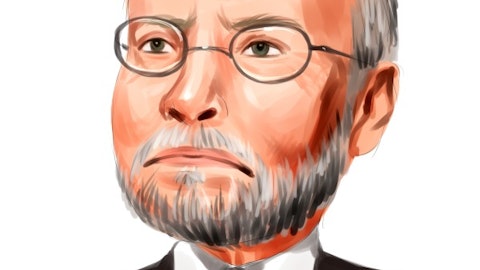On this day in economic and business history…
This is part two of a deep look at the Roaring ’20s and the Crash of 1929 — click here to start with part one.
The Dow Jones Industrial Average closed at 381.17 points on Sept. 3, 1929. It was the last day of the greatest uninterrupted bull market the United States has ever seen. No one knew then that nearly a decade of growth had ended, nor could they comprehend the utter ruin the market’s crash would leave behind — investors never realize they’ve reached the top of the mountain until they’re tumbling down the other side. News from that day (printed a day later, as was then customary) is remarkably sanguine regarding the overheated and desperately overleveraged stock market, and in some cases it’s obliviously prophetic:
“Stock and bond transactions involving $11,121,384,230 were settled through the Stock Clearing Corporation of the NYSE Euronext (NYSE:NYX) in August. This was an increase of $597,593,402 over … July. The total for August, 1928 was $7,112,329,278.”
—The New York Times“With the bull party still in the saddle and riding still harder, the stock market entered the new month today, but progress became increasingly difficult during the afternoon, and before the close of the session some of the ground gained earlier in the day was lost. More than half a hundred issues were hurled up two to nearly 10 points to record high levels. … Recessions of one to five points from the best levels of the day were fairly general, however, when a wave of profit-taking swept over the market in the afternoon.”
—The Washington Post“Announcement of the Stock Exchange figures for brokers’ loans as of the close of August is expected this afternoon or tomorrow, and opinion in the Street is agreed that a heavy advance is certain. Between July 31 and Aug. 29 the Federal Reserve’s total of brokers’ loans advanced $257 million, running far into record high territory. Last month the Stock Exchange’s total crossed the $7 billion mark for the first time in history. … For the time being, the speculative community seems disposed to disregard record-breaking loans figures as being of purely academic interest.”
—The New York Times“The recent formation of numerous investment trusts in this country and the pouring of several billions of dollars into them are bound to play an important part in American industry and finance in the future. This is the opinion of Arthur Reynolds, chairman of the Continental Illinois Bank and Trust company, but it also is his belief that the chief function of these great accumulations of capital has been misunderstood.”
–O.A. Mather, writing in the Chicago Daily Tribune
The last two reports are of particular importance. Both highlight the mechanism that brought the stock market to record-breaking highs but then, working in reverse, sent the Dow to a microscopic 41.22 points by mid-1932. That mechanism is leverage, and investors of the Roaring ’20s elevated it to an art form only surpassed in modern times by Lehman Brothers and its investment-banking ilk.
The key difference between Lehman and investors of the Roaring ’20s is that no ordinary investor was allowed, in the mid-2000s, to leverage up 30-to-1, as Lehman had. But in the latter 1920s, many “muppets,” to steal a modern phrase, levered up 10-to-1 (90% leverage), posting as collateral the very stocks they had taken on loans to acquire. This was well and good while stocks climbed month after month, but a 10% loss of value would have been enough for creditors to shut down the stock market merry-go-round. In contrast, you’re unlikely to find any broker that will allow trading with more than 50% leverage today, as is mandated by the SEC. Legislation on margin requirements didn’t exist in 1929. In fact, few effective laws of any sort governed the activities of the stock market in 1929.
When the slide began in earnest, many investors were simply unable to extricate themselves before the market wiped them out — in this pre-electronic era, orders were filled personally or over the phone, and the ticker might be delayed by an hour or more. There were no circuit breakers to stop stock prices from plunging throughout the day, so by the time an investor saw that his or her shares were down by 5% on a particularly busy day, they might actually be down by 15% or 25% or more. It was only by the actions of a dedicated group of bankers and billionaires that the market did not collapse further in October — and even so, the Dow finished that bloody month 28% below the peak of Sept. 3.
Margin calls were common in the early days of the decline, but distressed brokers eventually began to close out underwater positions rather than suffer further losses. Since many investors were leveraged up to their eyeballs, this set up a cascade of sales that could leave some thinly traded stocks with no buyers at all. Compounding the problem was the fact that some of the worst abuses of leverage were undertaken by the issuers of hundreds of these thinly traded stocks: the investment trusts.





